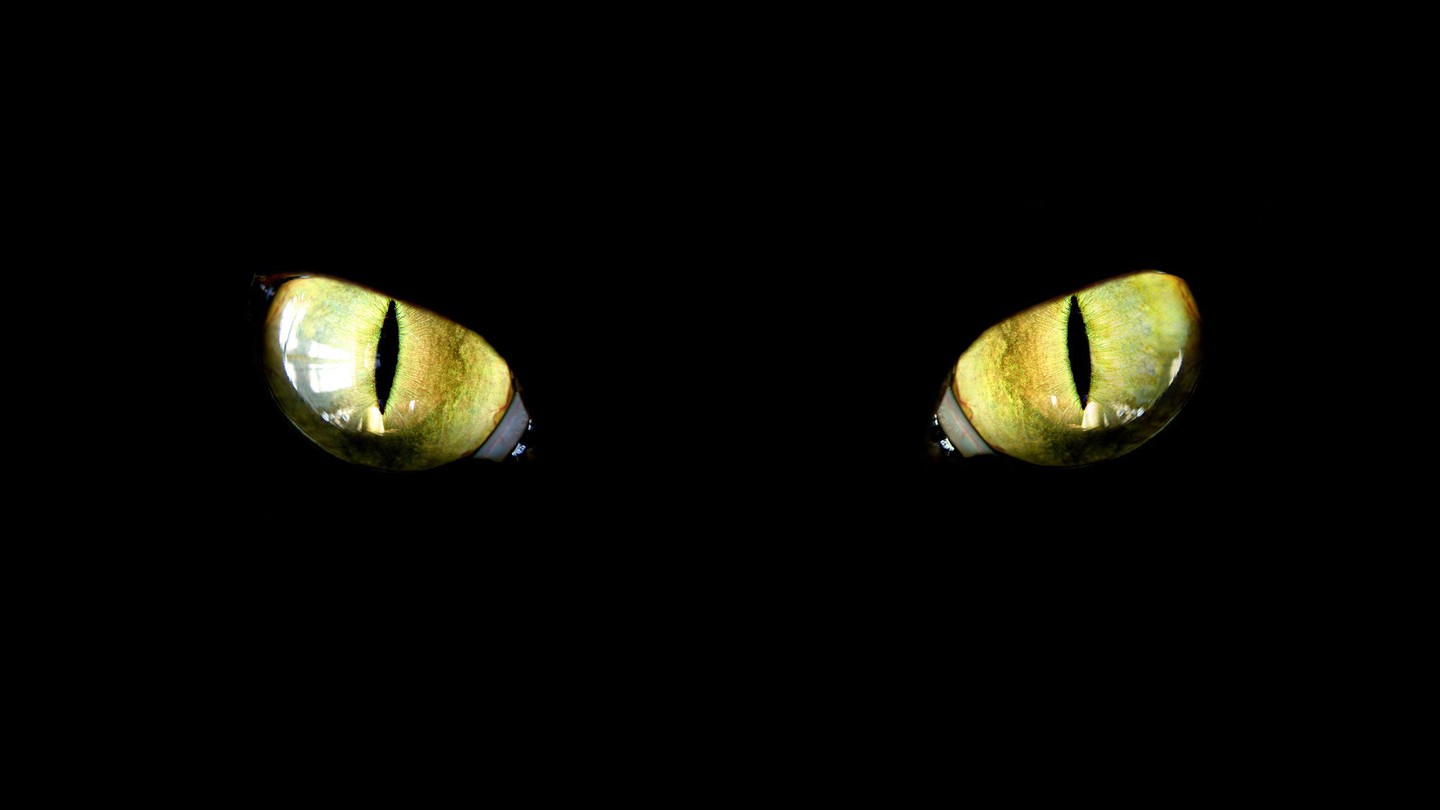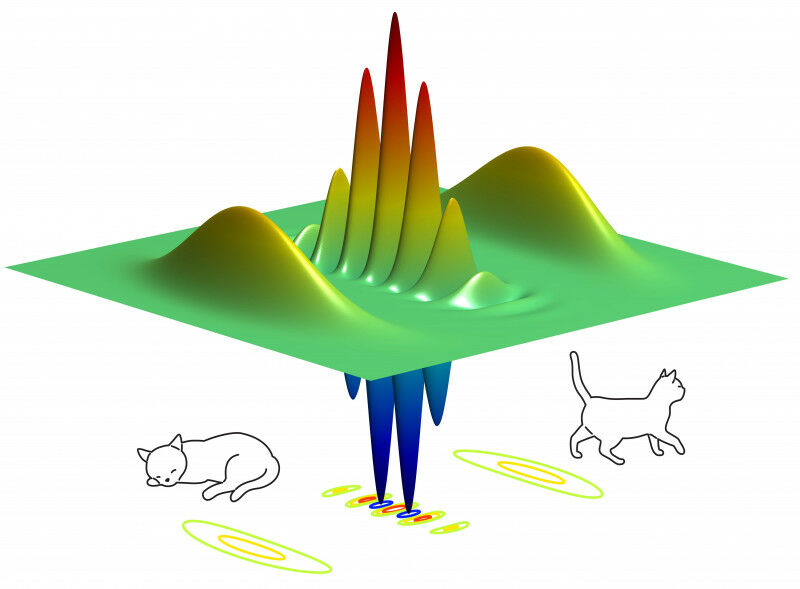Critical Schrödinger Cat Code: Quantum Computing Breakthrough for Better Qubits
Quantum computing has the potential to transform the way we approach complex problems in science, industry, and society, but the technology behind it is still in its formative years. Quantum bits, or qubits, are the fundamental units of quantum information that can represent both 0 and 1 states simultaneously, but they are also highly susceptible to errors caused by environmental interactions. However, there has been a recent breakthrough that could revolutionize the reliability of quantum computers – a proposal for a “critical Schrödinger cat code” that offers advanced resilience to errors. Let’s explore this breakthrough and what it means for the future of quantum computing.
What is Quantum Computing?

Exploring Quantum Mechanics
While traditional computers work by encoding data into bits that represent either 0 or 1, quantum computing uses the principles of quantum mechanics to encode and elaborate data.
Quantum Bits or Qubits
Quantum computers use qubits that can exist in a “superposition” of 0 and 1 states simultaneously, which allows them to explore multiple solutions simultaneously. However, they are also highly susceptible to errors caused by environmental interactions.
The Light at the End of the Tunnel

Quantum Computing’s Promise
Quantum computing has the potential to reshape vast areas of science, industry, and society, with applications ranging from drug discovery to optimization and simulations of complex biological systems and materials.
Strategies to Protect Qubits
Developing strategies to either protect qubits from environmental interactions or detect and correct errors once they have occurred is crucial for enabling the development of large-scale, fault-tolerant quantum computers.
The Critical Schrödinger Cat Code

The Inspiration from Schrödinger’s Cat
Erwin Schrödinger proposed a thought experiment in 1935 that involved a cat being placed in a box with a flask of poison and a radioactive source. This experiment evolved into an encoding technique called the Schrödinger’s cat code, where the 0 and 1 states of the qubit are encoded onto two opposite phases of an oscillating electromagnetic field in a resonant cavity, similar to the dead or alive states of the cat.
The Best of Both Worlds
The critical Schrödinger cat code introduces a novel encoding scheme that operates close to the critical point of a phase transition, which offers enhanced error suppression capabilities. This encoding technique combines the advantages of two distinct approaches that have been used in the past, resulting in exceptional resistance to errors that typically occur from random frequency shifts.
Final Thoughts

The critical Schrödinger cat code offers advanced resilience to errors in quantum computing, which could pave the way for the development of large-scale, fault-tolerant quantum computers. This is a significant breakthrough that will enable us to explore multiple solutions simultaneously and solve some of the most complex problems in science, industry, and society. Quantum computing has a bright future ahead, and the critical Schrödinger cat code is a crucial step towards realizing its full potential.
FAQs

Q1. What is the critical Schrödinger cat code?
The critical Schrödinger cat code is an encoding scheme that operates close to the critical point of a phase transition, offering advanced resilience to errors in quantum computing. This encoding technique combines the advantages of two distinct approaches that have been used in the past to achieve exceptional resistance to errors that typically occur from random frequency shifts.
Q2. What are qubits?
Qubits are the fundamental units of quantum information that can represent both 0 and 1 states simultaneously, allowing quantum computers to explore multiple solutions simultaneously.
Q3. What is quantum computing?
Quantum computing uses the principles of quantum mechanics to encode and elaborate data. It has the potential to solve computational problems that are intractable with current computers, with applications ranging from drug discovery to optimization and simulations of complex biological systems and materials.
Q4. What are the challenges in quantum computing?
Quantum systems are delicate and susceptible to errors caused by environmental interactions. Developing strategies to either protect qubits or detect and correct errors once they have occurred is crucial for enabling the development of large-scale, fault-tolerant quantum computers.
Q5. What is the future of quantum computing?
Quantum computing has a bright future ahead, with the potential to reshape vast areas of science, industry, and society. The critical Schrödinger cat code is a crucial step towards realizing its full potential by offering advanced resilience to errors in quantum computing.

